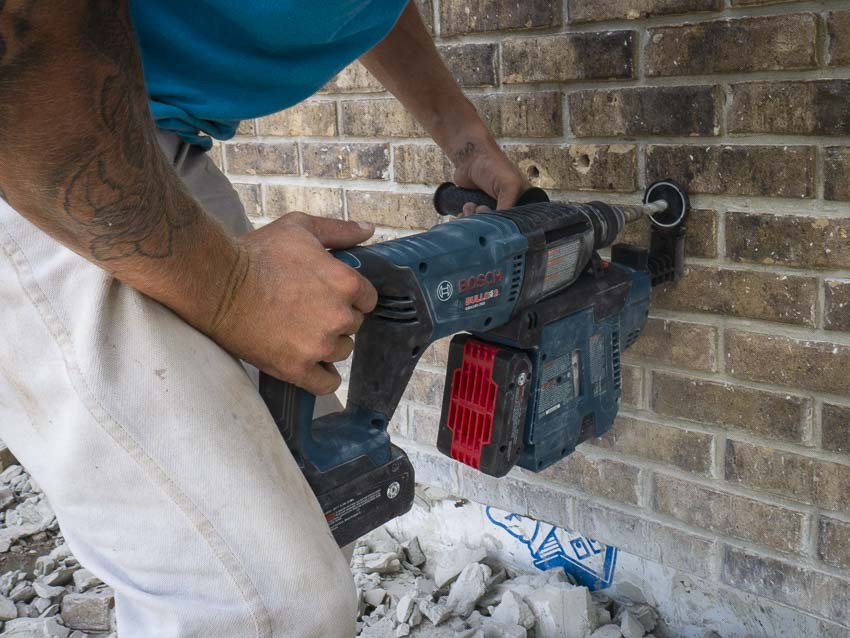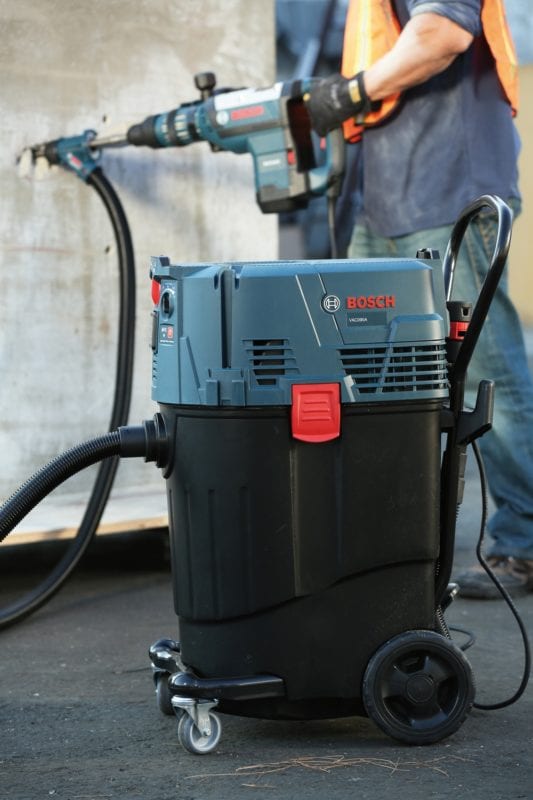OSHA silica dust exposure limits have been in place since 2017. But not every organization has taken the steps necessary to meet the guidelines for silica dust protection. Every company that works with concrete, stone, or other masonry materials needs to meet OSHA requirements. But what happens when Table 1 compliance methods don’t exist? That’s when Silica Dust Exposure Objective Test Data comes into play.
OSHA guidelines provide a general framework for how to go about avoiding exposure to respirable silica dust. Still, questions always spring up. With the possible ambiguities surrounding these regulations, it requires some clarification. For this article, we’re looking at when silica dust exposure objective test data comes into play when satisfying OSHA regulations. This is necessary if Table 1 doesn’t cover your exact application.
What is Objective Test Data for Silica Dust Exposure?
Silica dust exposure objective test data refers to the results of measurements taken to determine the amount of silica dust that workers may be exposed to in the workplace.
And, believe us, it’s not very much.
Manufacturers conduct objective testing to measure the levels of silica dust in the air when using particular tools. They can then provide the data required to assess the risk of exposure and determine appropriate control measures. Objective testing isn’t easy. It requires specialized instruments to sample the air and continuously measure the concentration of silica dust present.
Objective test data may include information such as the concentration of silica dust particles per cubic meter of air as well as the duration of exposure. Employers can use this data to assess risk and develop plans for what equipment to use and what PPE to wear.
Silica Dust Protection Where a Dust Suction Attachment Won’t Fit
OSHA’s regulations demand that you control silica dust exposure no matter how inconvenient your workspace makes it. If you work in an environment where your power tool system is too big to adequately provide silica dust protection, Table 1 guidelines won’t be enough.
At that point, Paragraph D takes effect – Objective Data.
This requires you to conduct independent testing with specific documentation on exposure levels. It also outlines what steps a worker must take to stay below the PEL (0.5mg/m3: 50 micrograms per cubic meter) over a time-weighted eight-hour day. In other words, you need specific tools, accessories, and methods that prove you can keep your crew under the limits.
Silica Dust Exposure Objective Data to the Rescue
The good news? Most major manufacturers provide objective data testing for many if not all of their concrete tools. This should save you the work of doing it yourself. They already freely provided this data on their websites.
However, for applications that don’t have any objective data currently available, proving compliance with your silica dust protection methods remains your responsibility.
If the objective data route fails you, one more method is available. You’ll need to use the Scheduled Air Monitoring to show exactly how much dust your crew gets exposed to.




